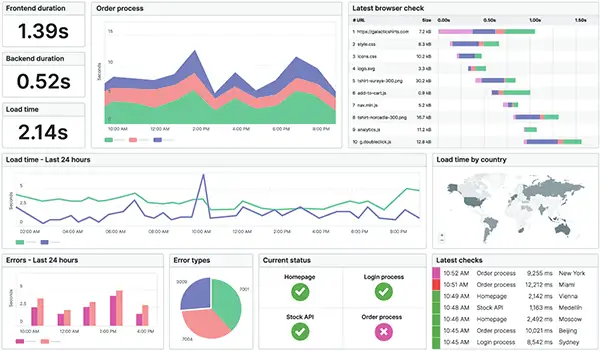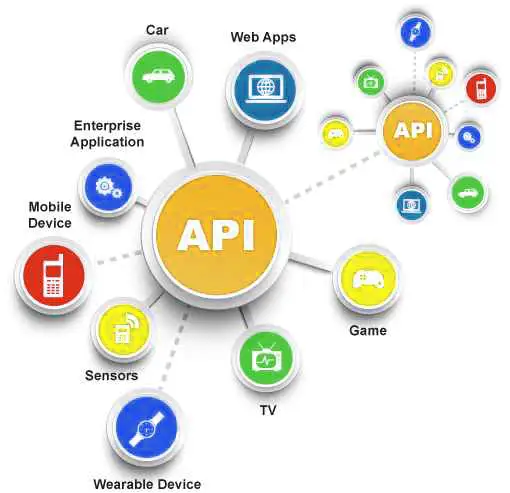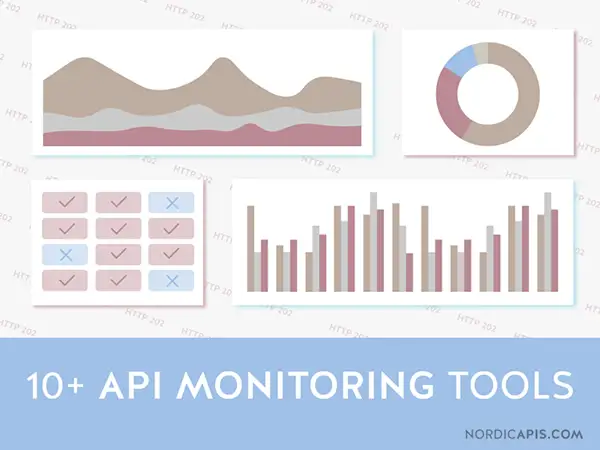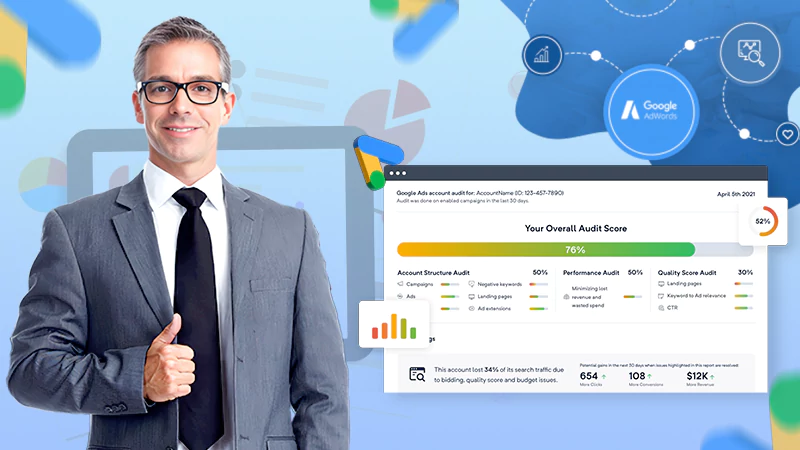Harnessing Technology: API Monitoring Tools For Efficiency

In today’s evolving economy, enterprises are on a constant search for methods and innovations that can increase efficiency and streamline their business operations. Utilizing Application Programming Interfaces (APIs), which enable smooth communication between various software applications, is one technique to accomplish this. However, as APIs get more complicated, businesses will need monitoring solutions to make sure that their APIs are operating correctly and effectively.
For businesses whose operations are increasingly reliant on technology, API monitoring tools have become crucial. They provide real-time insights into API performance, allowing businesses to spot problems early and fix them before they get worse. We shall examine their importance for initiatives in this post and highlight essential characteristics.
The Importance of API Monitoring for Businesses

The value of businesses comes in their capacity to offer in-the-moment insights into the functionality, availability, and dependability of their systems. This is crucial in the current corporate environment, where many sectors have turned to digital transformation as a requirement. Employing API monitoring tools enables businesses to make sure that their apps are operating quickly and effectively, increasing customer satisfaction while minimizing downtime and associated expenses.
Moreover, investing in them benefits ventures by providing them with a higher ROI. It offers proactive detection of potential issues before they escalate into major problems that could negatively impact the user experience or result in revenue loss. Additionally, it allows organizations to identify areas where improvements can be made to optimize their application performance further. Overall, it helps businesses enhance their operational efficiency while reducing risks and costs associated with system failures or outages.
Key Features to Look for in API Monitoring Tools

When selecting one option, it is essential to consider the key features that can aid in improving the performance and reliability of APIs. One of these key features is data visualization. Data visualization allows management to view and analyze API performance metrics in an easily digestible format. This feature enables stakeholders to identify trends and patterns quickly, enabling them to make informed decisions based on the data presented. Additionally, data visualization helps with identifying potential issues before they become critical by providing a visual representation of API usage patterns.
Another essential feature to look for in an alternate is alert management. Alert management ensures that management is notified when there are deviations from predetermined thresholds or when critical system components fail. This feature allows stakeholders to respond quickly and proactively address any issues before they affect customers or other business operations negatively. Alert management also provides real-time notifications via email, SMS, or other communication channels so that those responsible can take immediate action without delay. Overall, incorporating these two features leads to better efficiency, improved performance, and faster issue resolution times for ventures using APIs regularly.
Common Challenges in API Monitoring and How to Overcome Them
Overcoming common challenges is crucial for traders seeking to ensure the performance and reliability of their systems. One of the main difficulties in monitoring is keeping up with the sheer volume of data that can be generated by a large number of endpoints. Data-driven solutions are essential, as they allow for real-time analysis and alerting based on key metrics such as response times and error rates. This enables teams to identify issues quickly and take proactive steps to address them before they become critical.
Another challenge is ensuring that they are capable of handling complex workflows involving multiple systems or services. Proactive techniques can help overcome this challenge by enabling teams to simulate user behavior across different applications, thereby providing a more comprehensive view of system performance. Additionally, using intelligent alerting mechanisms such as anomaly detection algorithms can help teams stay ahead of potential issues by identifying unusual patterns in system behavior before they impact end-users. By employing these strategies, ventures can improve their ability to monitor APIs effectively and ensure that their systems remain performant and reliable over time.
Best Practices for Utilizing API Monitoring Tools Effectively
For businesses looking to maintain the performance and dependability of their systems, optimizing utilization is essential. This can be done by implementing best practices that allow teams to make use of real-time data analysis, proactive techniques, and intelligent alerting mechanisms. In order to uncover anomalies or departures from typical behavior, one of the major performance optimization tactics is to create a baseline metric for system performance. Teams can use this to spot potential problems before they develop into larger ones.
Automating as much of the process as you can reduces the need for manual intervention and free up teams to work on higher-level activities. This is another crucial best practice. For instance, routine tasks can be carried out using automated scripts.
Real-Life Examples of Businesses Benefiting from API Monitoring Tools
Real-life examples of organizations utilizing advanced analytics and intelligent alerting mechanisms to detect performance issues early, minimize downtime, and maintain optimal system reliability will be discussed in this section. One such example is Sony Interactive Entertainment (SIE), which has been using API monitoring tools to enhance the performance of its PlayStation Network. SIE leverages industry-specific applications that are integrated with analytics instruments to monitor their APIs’ health and availability round-the-clock. By doing so, they can quickly identify any anomalies in the system and take corrective action before it affects the user experience.
Another glorious exhibit from this list is Airbnb. The platform world on facilitating travelers to get short-term rental properties across the nation. Their APIs monitor real-time alerts, custom dashboards, comprehensive reporting, and much more. The brand gets various insights from the market and performance reviews of various ad campaigns that they run over social media or other platforms. They are leveraging the facilities of API for upscaling their performance and deliver superior customer service and experience consistently.
Conclusion
In conclusion, API monitoring tools are critical for businesses that rely on APIs to deliver their services. They provide real-time insights into the performance and availability of APIs, helping enterprises detect issues before they escalate and impact customers. When choosing a tool, it is essential to look for features such as customizable alerts, scalable architecture, and historical data reporting.
However, implementing these instruments can come with challenges such as managing false positives and dealing with complex system architectures. To overcome these challenges, organizations should follow best practices such as setting appropriate thresholds for alerts and ensuring that all stakeholders understand the importance of API monitoring.
Overall, by harnessing technology through API monitoring tools effectively, they can improve their operational efficiency while providing high-quality services to their customers. Through real-life examples of companies using these successfully, it is clear that investing in API monitoring can yield significant benefits in terms of improved customer satisfaction and business productivity.
The Challenges and Benefits of Removing Negative Online…
Unlock the Simplest Way to Access LaSRS Login…
Strategic Wins: How SafeOpt Can Boost Your Online…
5 Reasons Why Marketing Matters in Business?
Google Ads: What Are the Basic Checklists to…
The Crucial Role of Press Releases in a…
8 Best Tech Tips to Implement for Better…
Fax Machines in the Digital Age: A Sustainable…
Breaking Barriers: The Power of Business Translation Services
Why Do Businesses Need a Dedicated Mobile App?
The Role of Onboarding in Improving Employee Retention…
3 Major Benefits of Onsite IT Support












